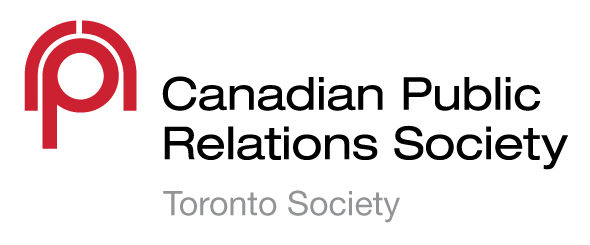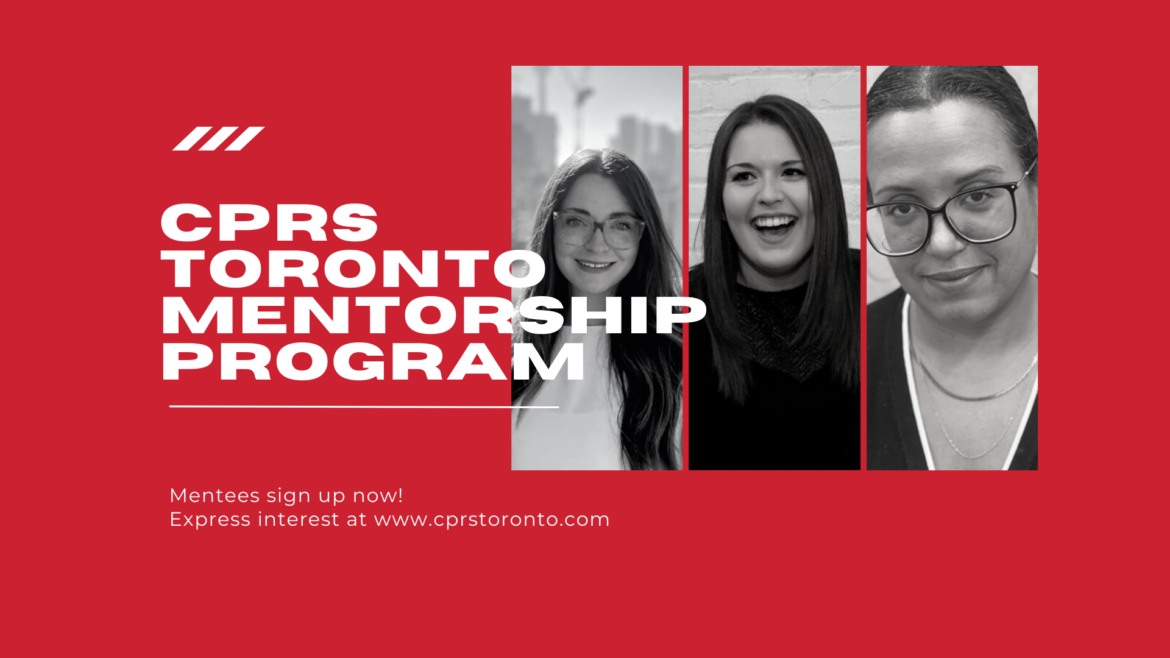Announcing the winners of the 2023 Canadian Public Relations Society (CPRS) Toronto Chapter’s Achieving Communications Excellence (ACE) Awards
Unilever Canada and Canadian Lung Association awarded Best in Show Campaign and Best Creative Campaign of the Year, respectively
TORONTO, May 31, 2023 – Last night, the Canadian Public Relations Society (CPRS) Toronto chapter celebrated the year’s top public relations and communications programs and campaigns at the annual Achieving Communications Excellence (ACE) Awards Ceremony. The awards showcased outstanding work in the field of public relations, awarding 22 gold, 48 silver and 48 bronze trophies to a variety of agencies, corporations, students and not-for-profits in the Greater Toronto Area.


